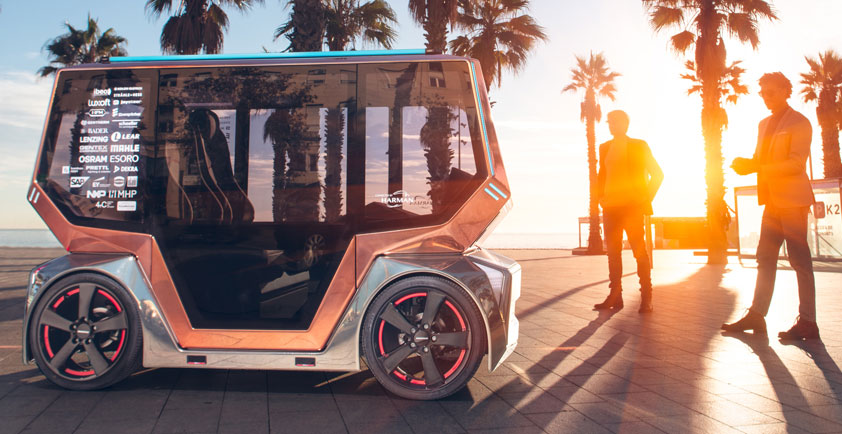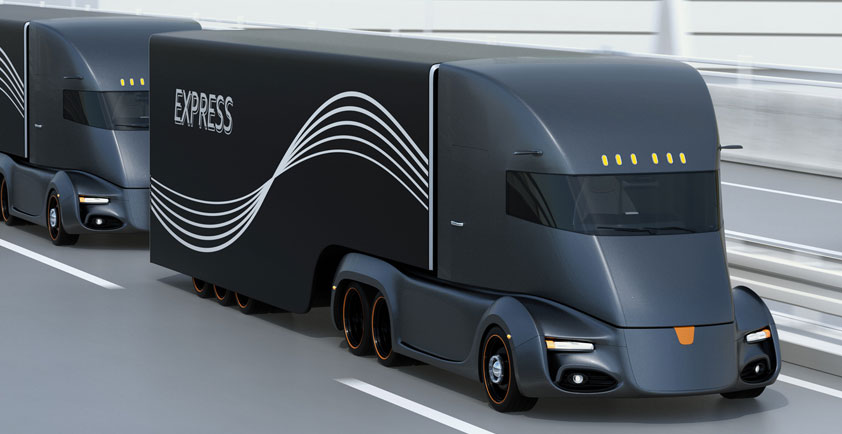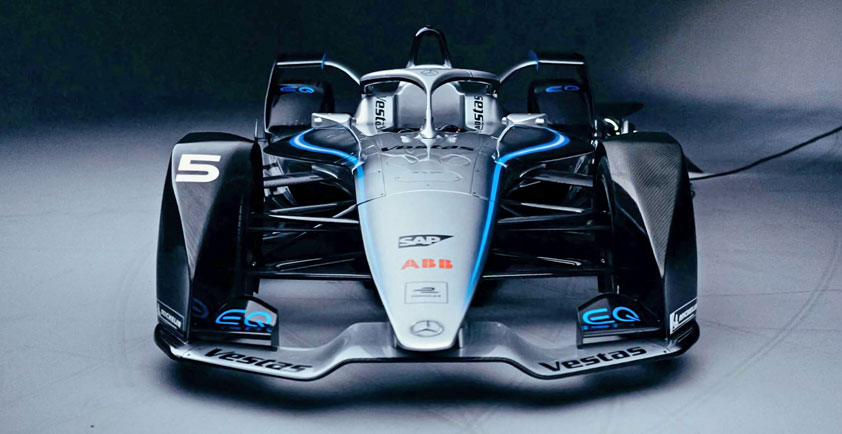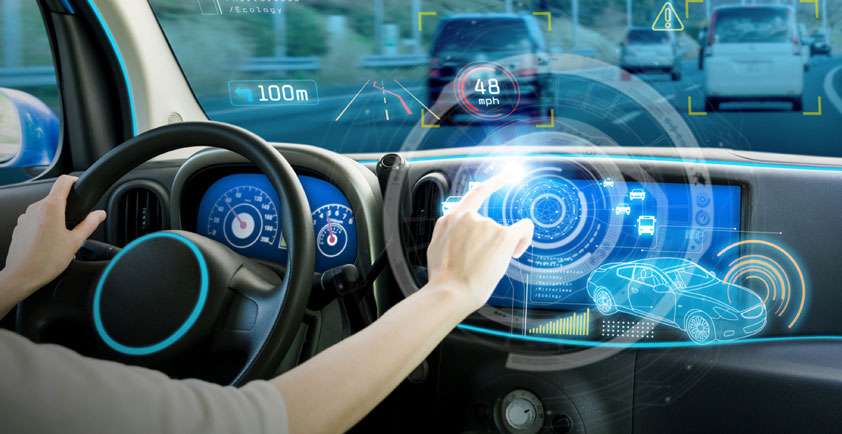

DIVERSE NEW DATA DRIVES THE INTELLIGENT ENTERPRISE AUTOMOTIVE COMPANY
The automotive industry is in the process of boosting its collective IQ.
Data insights from analytics are now critical to how products are designed, manufactured, marketed, sold, and serviced. Vehicles connected to GPS, apps, devices, and communications are changing how people utilize transportation. Proactive maintenance and personalized support platforms are raising the bar for customer expectations of automotive brands.
Data analysts in automotive companies already know the benefits of analytics – growing revenue, designing products and services, reducing costs, enhancing the customer experience, and so on. But tapping data from across and outside of an enterprise automotive company – data of different kinds and in different formats – for analytics on a grand scale was easier said than done. Until very recently.
Next practices
From our global experience working with the leading, most innovative automotive companies, here are three “next practices”– capabilities and outcomes to help the automotive industry utilize data and analytics on a grand scale.
Integrate diverse data sources. Data is scattered. It’s in multiple applications, files, data warehouses, data lakes, and public and private clouds. Each silo walls off the data with proprietary rules and complexity. You need visibility into that data. Without it, you have a disjointed picture of the business. With it, you can do things like gain consolidated 360-degree views of critical business, sales, revenue, demand, manufacturing, and customer key performance indicators. Or deploy predictive plant maintenance, predictive quality management, or blockchain-enabled smart contracts, and much more.
> Next practice #1: Integrate your data by combining data sets – including Big Data, process data, product data, analytical data, etc. – as needed, into a single data universe for much greater visibility.
Make data more useful. Your data comes to you structured, semi-structured, and unstructured. It may be spatial, chart, numeric, geographic, time-series, relational, JavaScript Object Notation (JSON), and so on. Integrating all of these different types of data is extremely complex. But without it, your company is at a competitive disadvantage, squandering available resources.
> Next practice #2: Integrate your data sources, using orchestration and governance solutions. Go from raw feed to intelligence with real-time analysis of vast data sets. How? With solutions to understand, integrate, cleanse, manage, associate, and archive data to optimize business processes and analytical insights.
Simplify your data landscape. Centralized. Easy-to-use. Automated. That’s what you want from your data analytics platform. And those features have been a challenge because of all the different databases, apps, and clouds in your IT and business environment. But now a centralized data management solution is available that manages all facets of an enterprise automotive company’s data universe. Represented visually, the architecture is easy to share and understand. Stakeholders assigned to an architecture team within your company can collaborate through a user-friendly Web application in the planning, design, and governance of the architecture.
> Next practice #3: Create and maintain a complete landscape architecture that is easy to share and understand. Open up this landscape to an array of company employees and managers to jointly manage your data environment as an agile, strategic tool.
A growing number of data analytics use cases for automotive companies
Data analytics is being recognized as a vital tool for automotive companies that need to innovate faster than the competition, create new markets and products quickly, and attract and retain customers. The need for speed has grown – along with the diverse types and quantity of data. Becoming a truly intelligent enterprise company requires a reliable, easy-to-use platform to capture, ingest, process, orchestrate, compute, and consume data at tremendous scale.
SAP customers in the automotive industry that are intelligent enterprises are using data analytics fed by an increasing array of data sets for use cases that include:
> Optimized inventory to minimize costs and maximize working capital
> Connecting assembly lines to analytics to improve quality and efficiency
> Optimizing the entire logistics ecosystem for greater efficiency and higher throughput
> Identification of manufacturing defects versus warranty abuse
> Use of deep learning to compare product-performance simulations to factory yield metrics
These are just some of the many, quickly evolving, creative ways that larger and diverse data sets are being put to work to guide automotive companies today. Some use cases are relevant to every type of organization within the industry. Others are more suited to different types of businesses, geographies, markets, and other unique characteristics.
For more on how automotive companies around the world are transforming into intelligent enterprises, read the new SAP white paper “The Data-Driven Automotive Company – Data Management for the Intelligent Enterprise.”
Author: Judy Cubiss - Global Marketing Lead for Industrial Machinery and Components and Automotive at SAP.









